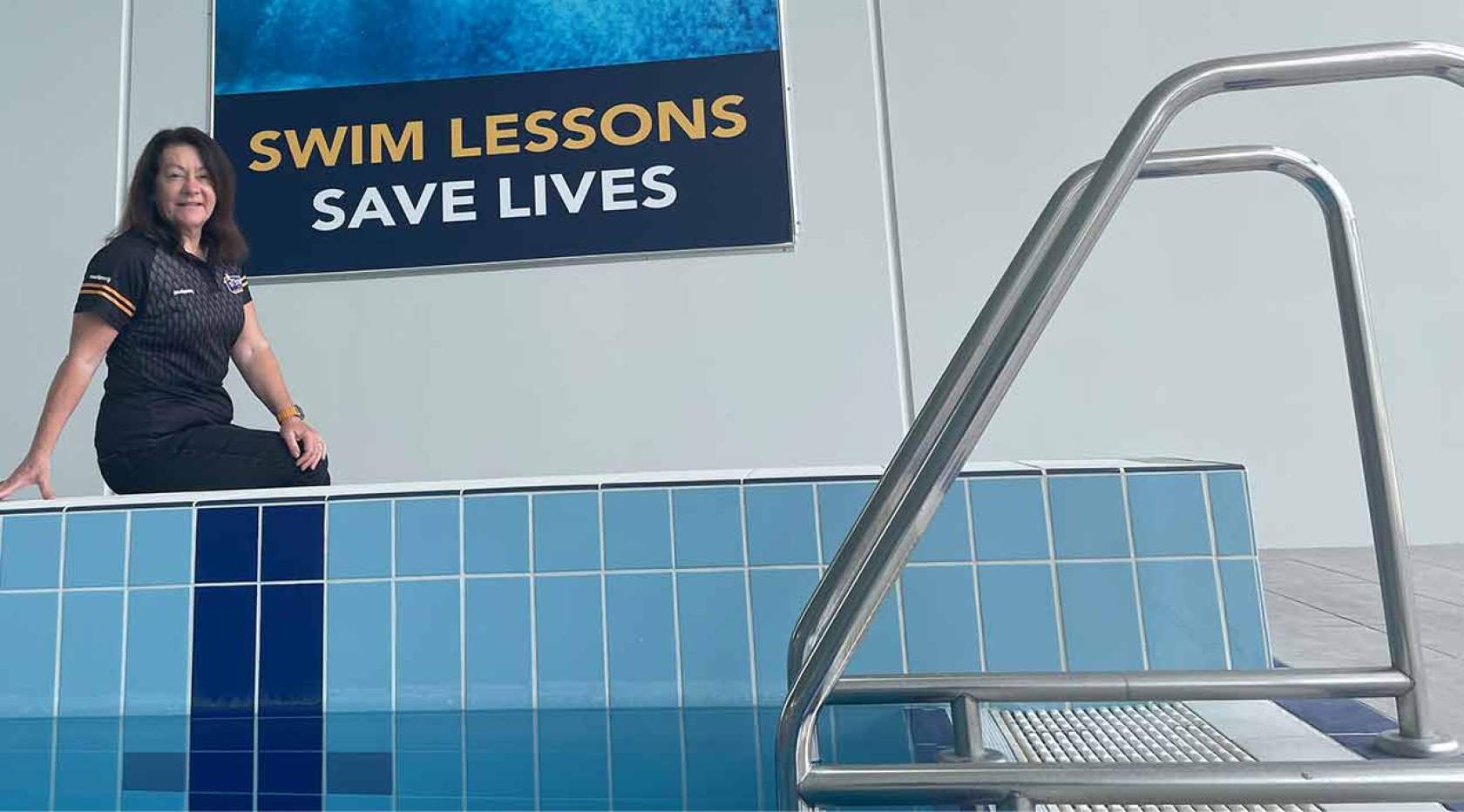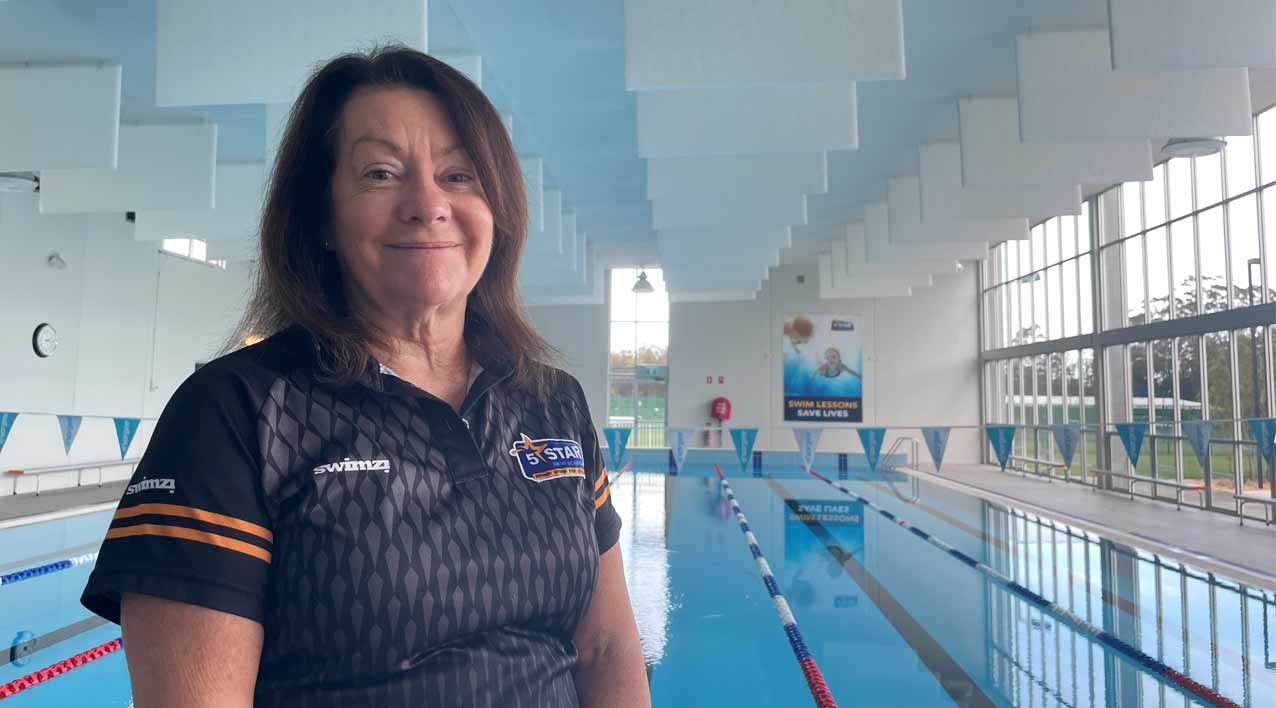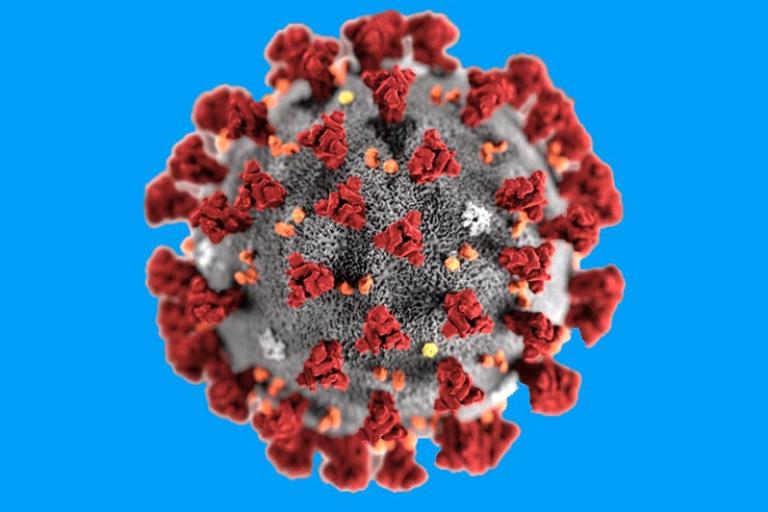Forced closure of indoor pools risking children’s lives says swimming industry

UPDATE: GREAT NEWS - Indoor pools in NSW to reopen from October 11
.............................................
The impact of the NSW Government’s decision to delay opening indoor pools until December 1, 2021 will put lives at risk and force many swim school businesses to close or scale down operations according to swimming industry groups.
ASCTA, Swimming NSW, Swimming Australia and Swim Australia are calling for the NSW Government to urgently reconsider the announcement that indoor pools cannot reopen until December 1, 2021.
ASCTA CEO Brendon Ward, commenting on behalf of the industry cohort, says the concern about covid was only one aspect of the situation being considered.
“We know the Government is concerned about community health and wellbeing but this should not be limited to the spread of covid, but also consider the impact of restrictions on the mental and physical health and social cohesion of communities with indoor pools being closed.

“We recently conducted community research, which revealed over 84.5 per cent of Australians believe learning to swim should be considered an essential service. This is further supported by close to 50 per cent (47.3 per cent) of parents believing children’s swim safety should be a priority throughout the pandemic. Families want this service available to them and community safety and wellbeing are our primary concern.”
Ward noted the aquatic industry delivered $9 billion in economic and social benefits to the nation and employed 67,000 people.
“The industry is reeling, and the extension of the lockdown will have tragic consequences for business already hit so hard. With indoor pools currently due to reopen on the first day of summer, children who have missed vital swimming lessons will be at greater risk this season, more than ever before.
“Our industry is committed to community outcomes including health and wellbeing, saving lives and social cohesion. We implore the NSW Government to reopen indoor pools as an absolute priority.”

Unprepared for Christmas holidays
SPLASH! spoke with Debby Tattoli, owner-operator of 5 Star Swim Schools and a member of the Swim Australia Advisory Committee. She says the impact on kids missing out on their lessons is enormous.
“We have more than 6000 kids learning to swim across our six centres, and if we don’t go back until the first of December, they’ll be totally unprepared for the Christmas holidays.
“Last year, after a shorter lockdown, 25 children between 0-4 died from drowning, a tragic increase of 108 per cent from the previous year. If those statistics aren’t enough to have people worried, I don’t know what is,” says Tattoli.
“We have gone over the top with our covid-safe plans, and I know other people have too – with staggered classes, smaller classes and encouraging parents to take their kids straight home rather than getting changed at the centres. Some centres can also implement separate entry and exit points. It’s far safer for children than going to the supermarket.”
She says that after the last lockdown, they closed their change rooms until restrictions eased, and that everyone was fine with that.
“They had their lesson, out they popped, and went home to change. It has to be one of the safest activities for children to participate in.”
Effect on the business and staff
She says the lockdown has been a huge strain both financially and emotionally on staff.
“Our biggest concern is for our staff,” she says. “We employ close to a 100 staff, mostly casuals, and they’re being looked after at the moment with the pandemic payment, but for those with young families it’s really not cutting it.
“We’re worried about losing people from the industry. Some people are losing the motivation to stay in the industry because of the uncertainty. We’ve been keeping in contact trying to keep them involved and they are normally very passionate about swim teaching. But a lot of them are down and at a loss. And they can’t wait for it to open back up.”
She says they have lobbied every single parliamentarian – and says ASCTA and Swim Australia have done a wonderful job trying to get the message out there.
“Perhaps it has been a government oversight or an overreaction on their part to have us remain closed. Everyone wants to keep our patrons and staff safe, but for us to be left behind after night clubs are open is just crazy, and our fear is, with the summer period coming up, there won’t be enough time for the kids to be prepared.”
Important statistics
The following supports the swimming industry’s call for re-opening indoor pools and not closing regional facilities that are already open:
• Lives lost: After a shorter lockdown last year, 25 children (between 0-4) died from drowning, a tragic increase of 108% from the previous year. The increase for 5-to-14-year-olds was 56%. *
• No community transmission: Indoor pools have opened previously with CovidSafe Protocols in place without a single case of community transmission. Chlorinated water is known to kill the virus.
• Delta and children: This month the National Centre for Immunisation Research found that 98% of children impacted by the Delta Variant were asymptomatic or had mild cases and are less likely to pass the virus.
• Limiting the risk: The risk of delayed opening on fatal and non-fatal drowning is potentially greater than the risk of covid spread, especially given the flow-on impact of future generations who miss out on swimming lessons right now:
• There is no evidence that covid-19 can be spread through HVAC ventilation systems according to Safe Work Australia. All indoor pools meet all applicable building codes for ventilation with either HVAC or cross ventilation systems.
• The virus does not survive in properly treated water ***
• Masks and social distancing can protect those out of the water
• Changing rooms do not need to be open reducing gatherings of people and therefore the risk of spreading the virus
• Non vaccinated parents can be excluded (as people are from other freedoms)
• The aquatic industry has agreed to follow the State Legislation on compulsory vaccinations for staff and clients as appropriate
• Outdoor pools not enough: Children need shallow pools, warm air, and warm water to learn to swim. Therefore, most outdoor pools now have indoor teaching facilities. Outdoor pools cannot provide the right space for all ages or cater to the overwhelming demand.
• Supply and demand: Swim school wait lists are at record high levels. Swimming coach and teacher numbers are at record low levels due to the casual nature of the work and associated attrition throughout covid restrictions. Demand is outweighing supply and will lead to massive gaps in the acquisition of essential swimming and life-saving skills for children
• Disaster payments withdrawn: If indoor pools remain closed for an additional month after the Federal Government winds up the disaster payments, thousands more coaches, teachers and swim school operators will be left without financial support and will be lost to the industry compounding the current shortage.
• 8 million lessons and counting: Already more than 8 million vital learn to swim lessons have been missed in NSW due to the Pandemic
• Competitive swimming: Most competitive swimmers in NSW train in indoor pools, many have already lost months of training. Competitive training can be completed with social distancing and CovidSafe practices in place
• Schools and community sport: Face-to-face learning at school is returning, community sport is returning, including indoor close contact sports which involve children under 12. What is the rationale to determine one sport opening over another?
• School term: Many learn-to-swim businesses operate only during school terms, after five months in lockdown they will reopen for a little over two weeks. Businesses have already gone under. More will likely fail, leaving children without lessons.
• Regional Indoor Pool Impact. Currently indoor pools in regional NSW are open and fully operational subject to density and capacity restrictions. Based on current information from NSW Health, these indoor pools may need to close on 11 October to meet the new State-wide restrictions being imposed. What is the rational for this to occur?
• Cost effectiveness of reopening. Most swimming pools offset operational costs through learn to swim programs. It is not feasible to re-open one aspect (for example squad swimming) without having other income streams running at the same time.
* 1000 sample online research conducted in September by Pure Profile on behalf of Swim Australia/ASCTA
** Royal Lifesaving Society Drowning Report 2021 https://rlssq.com.au/Downloads/NDR/RLSS-National-Drowning-Report-2021.pdf
*** Study by Virologists from Imperial College, London https://www.swimming.org/swimengland/swimming-pool-water-inactivates-covid19-virus/ and Healthy Swim Australia blog with associated references https://healthyswim.com.au/viruses-deactivated-destroyed-by-secondary-sanitation-technology/




